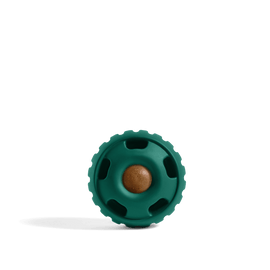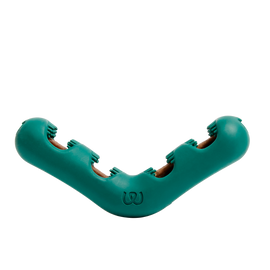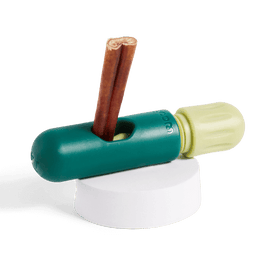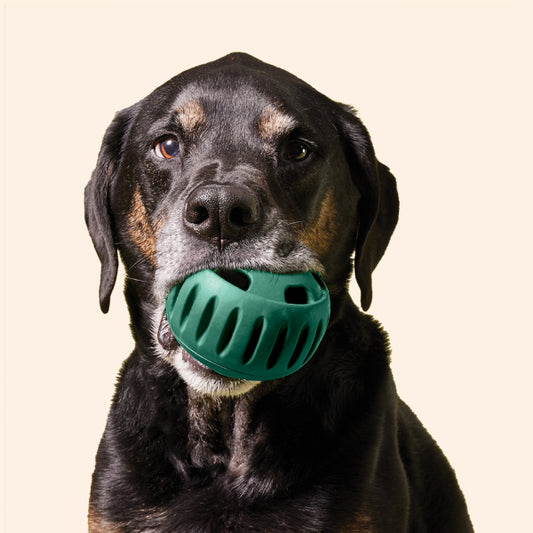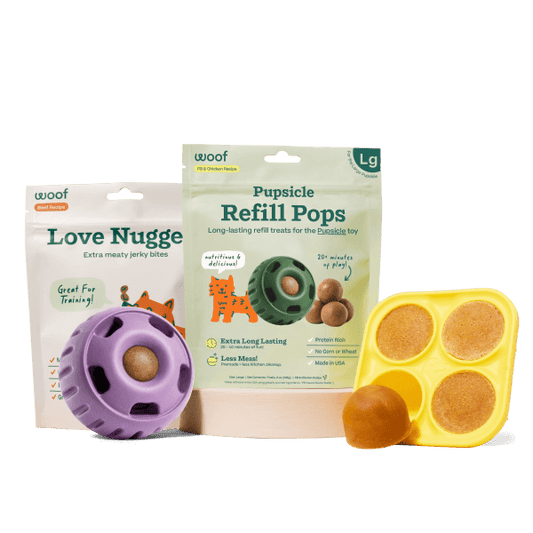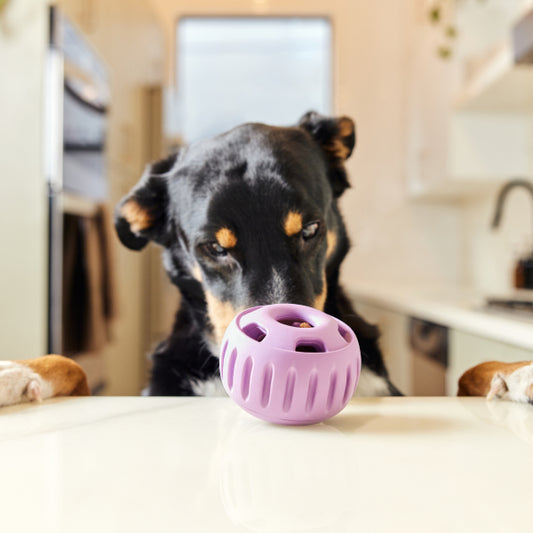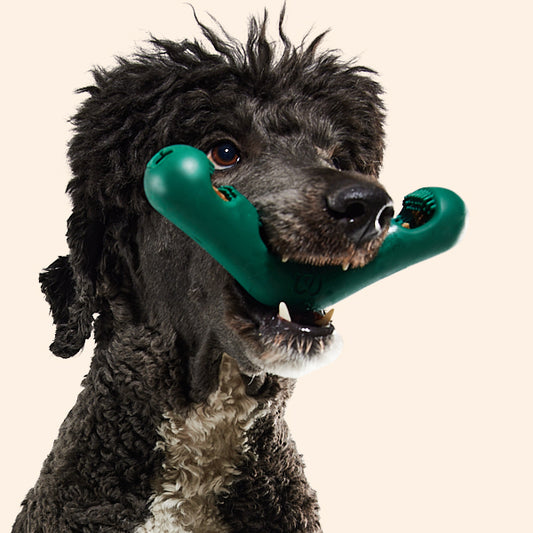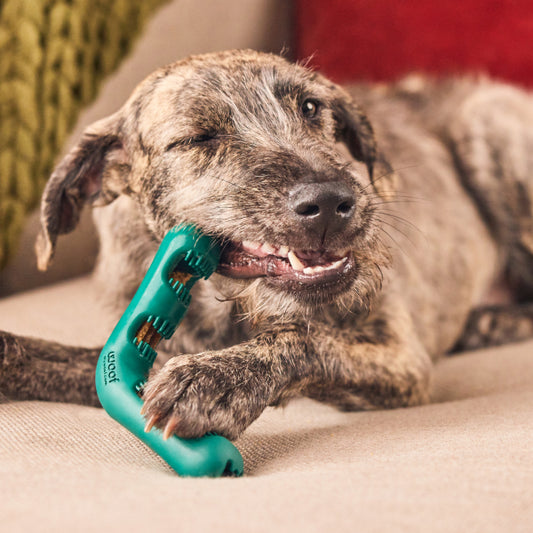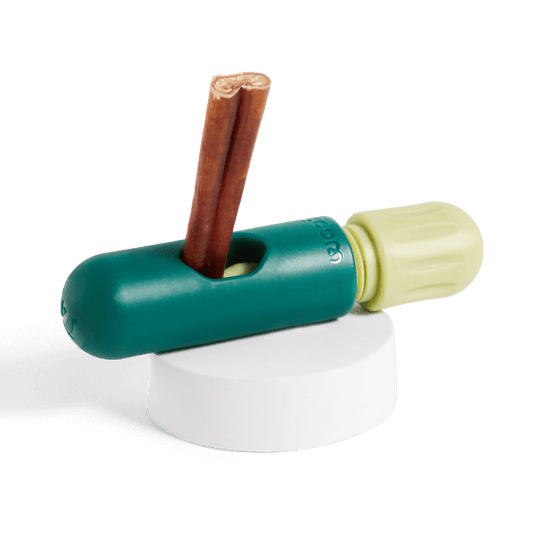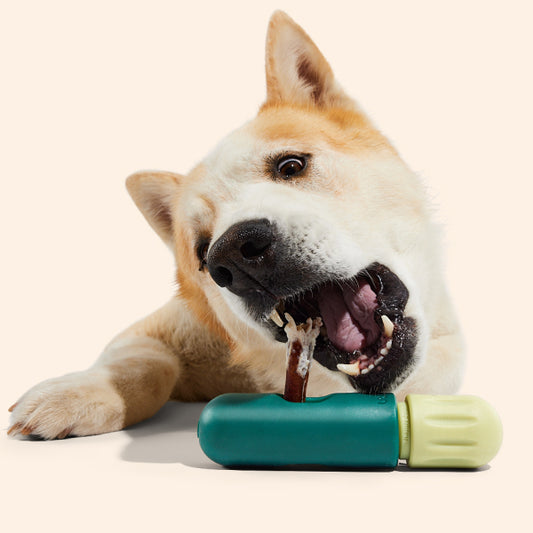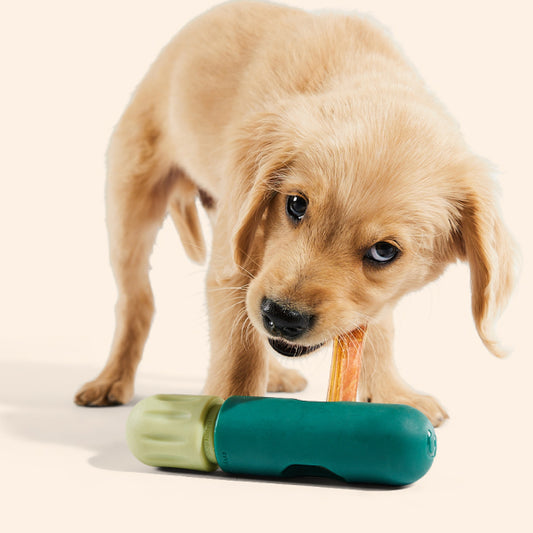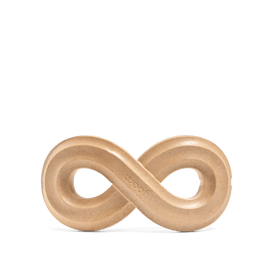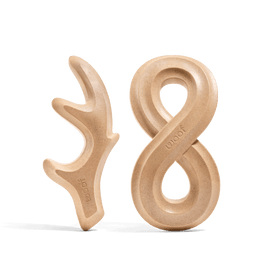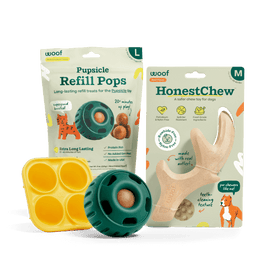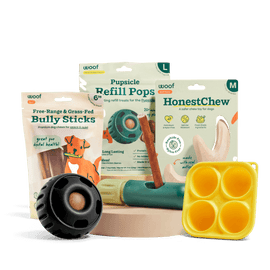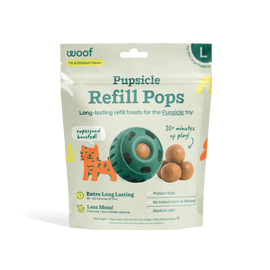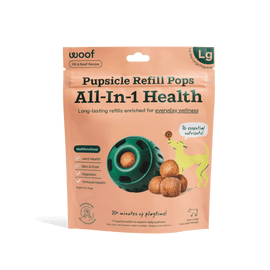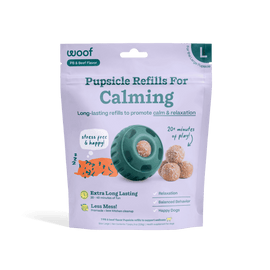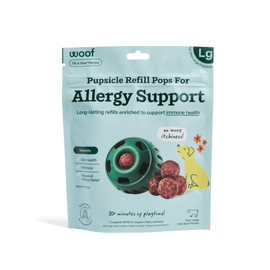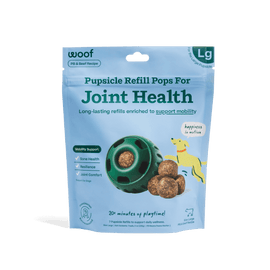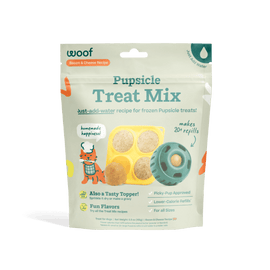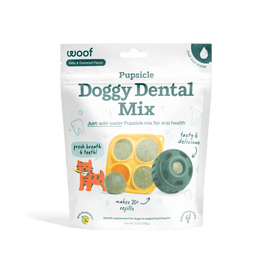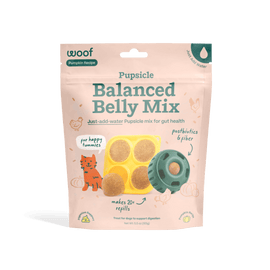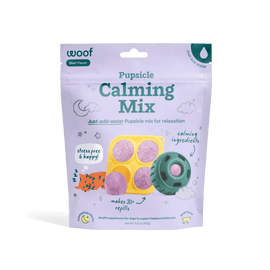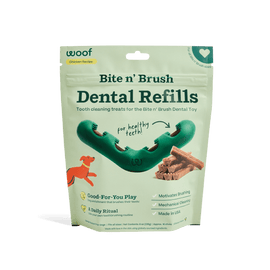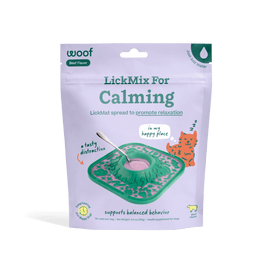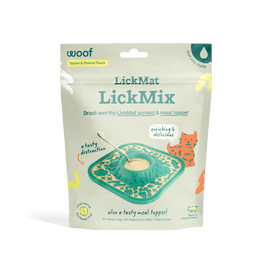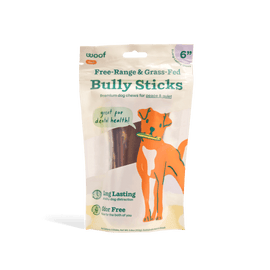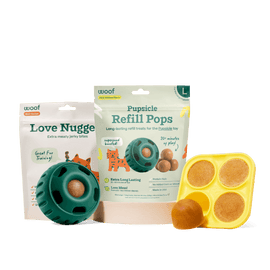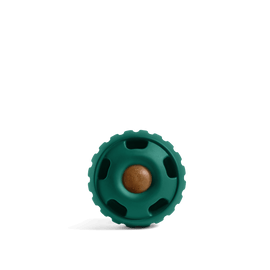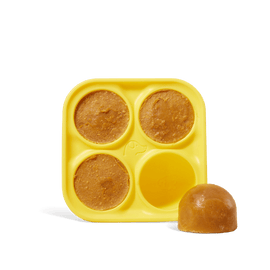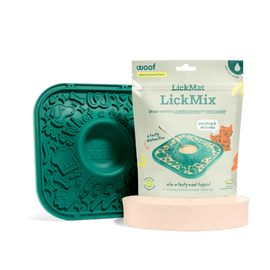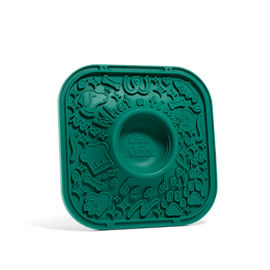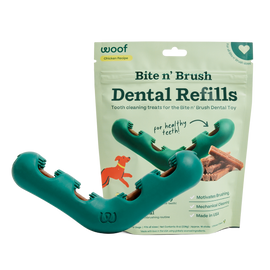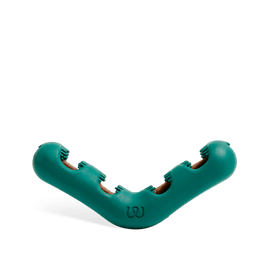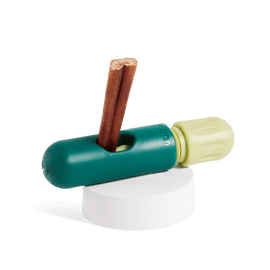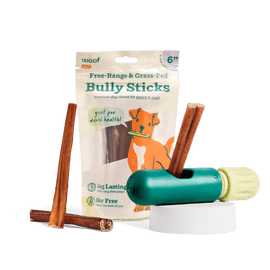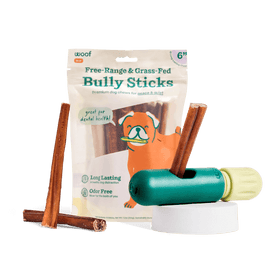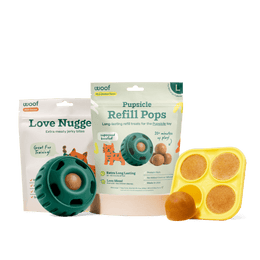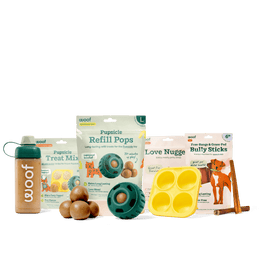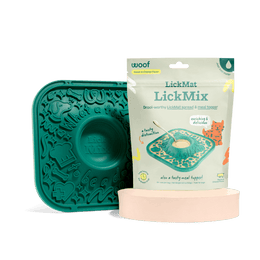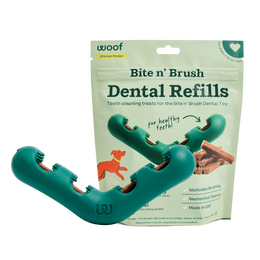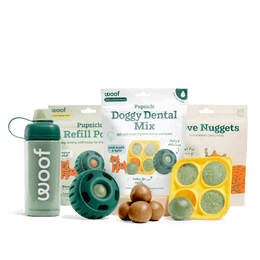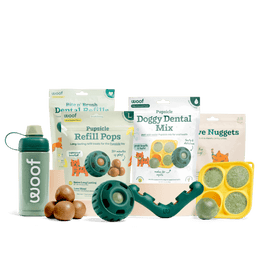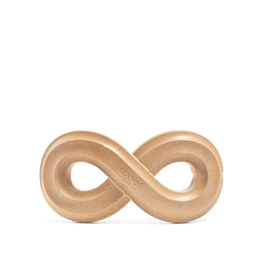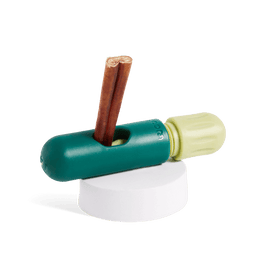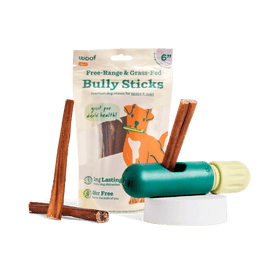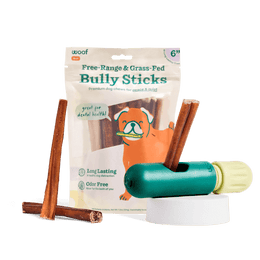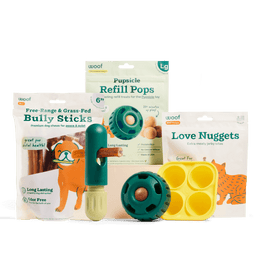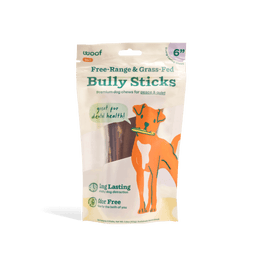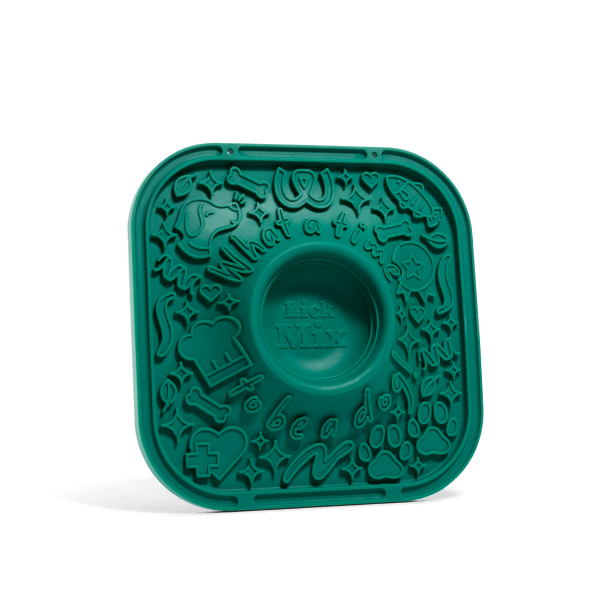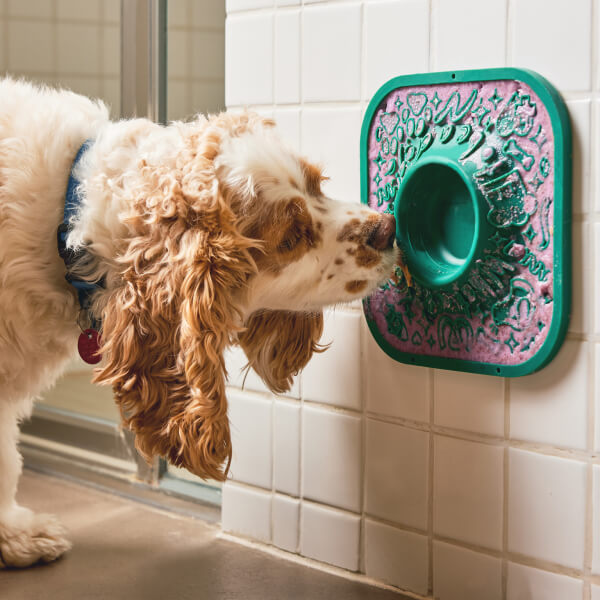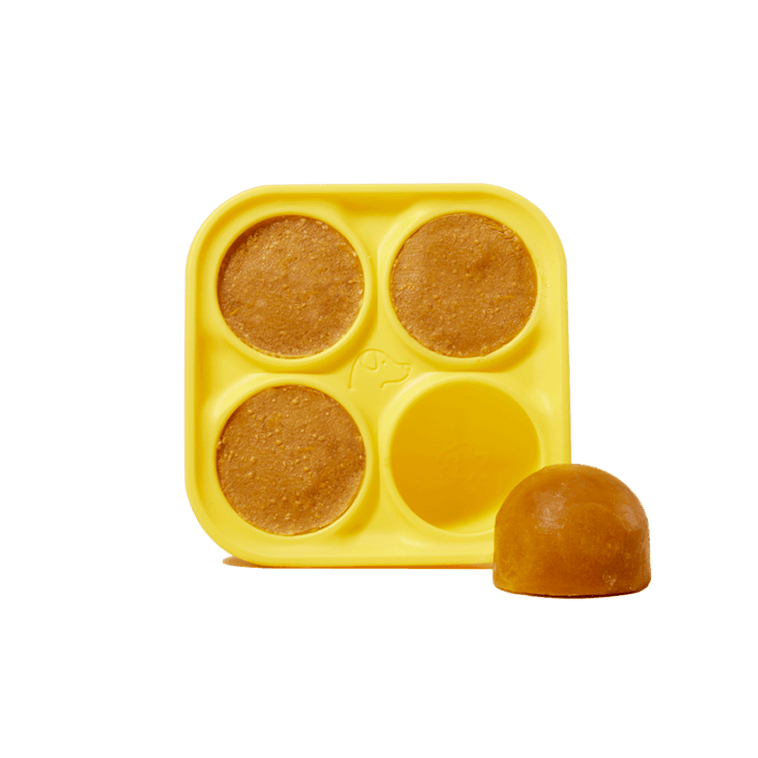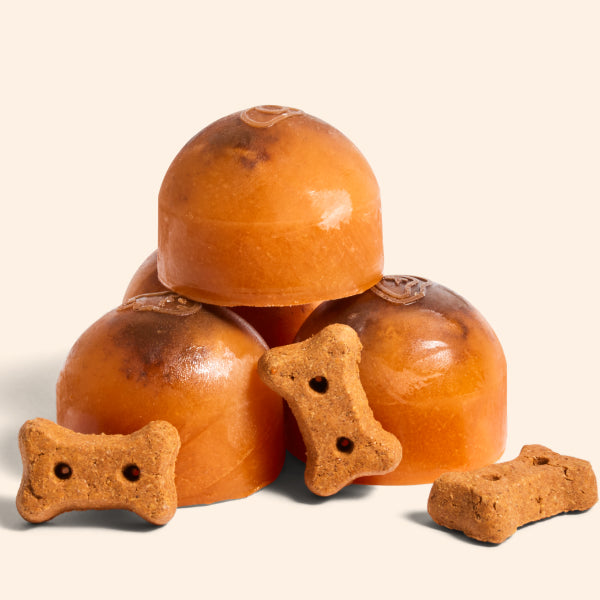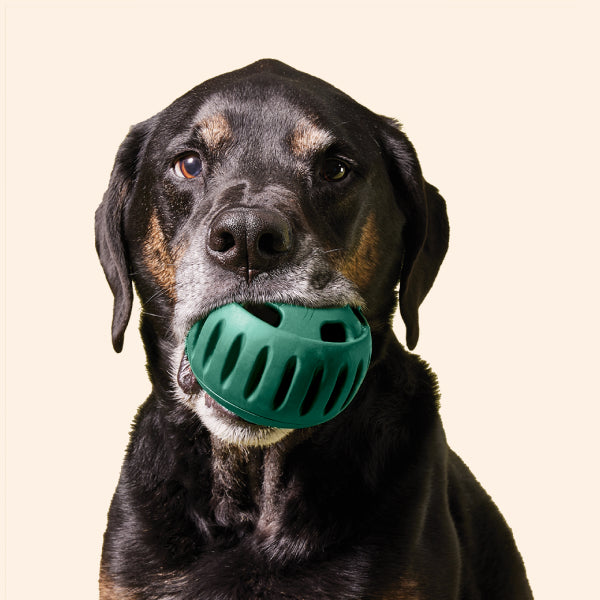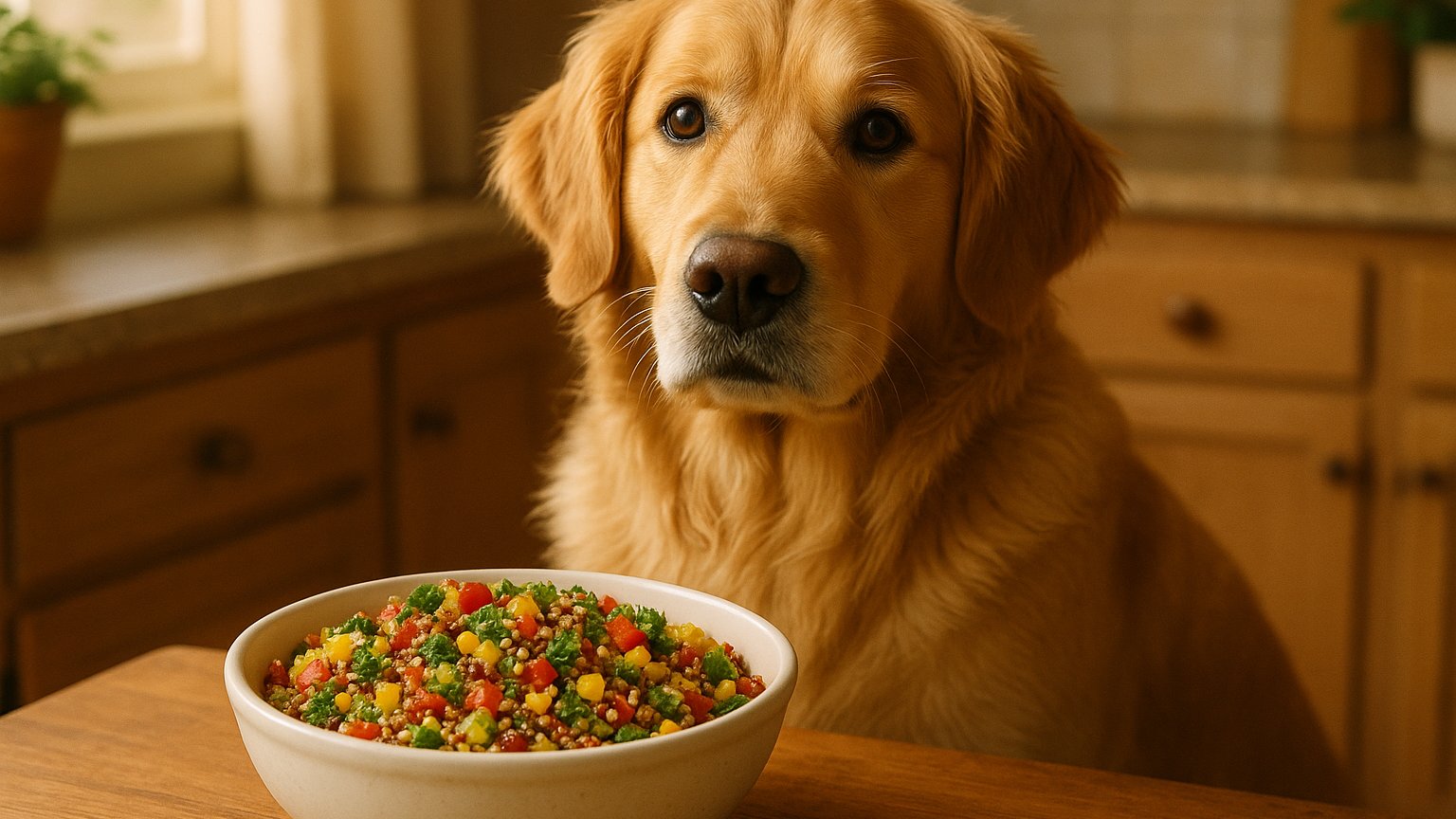
When your dog eyes your quinoa salad with those pleading eyes, you might wonder, "Can dogs eat quinoa?" The good news is, yes—when prepared properly and served in moderation, quinoa can be a nutritious addition to your dog's diet. This ancient seed is packed with protein, fiber, and essential nutrients that can benefit your furry friend. However, as with any new food, it's important to understand how to introduce it safely.
What Is Quinoa?
Quinoa (pronounced 'keen-wah') is a gluten-free seed from the Chenopodium plant, native to South America. Often mistaken for a grain, it's actually a pseudocereal. Quinoa is celebrated for its impressive nutritional profile, including all nine essential amino acids, making it a complete protein source. It's also rich in fiber, B vitamins, iron, magnesium, and antioxidants, supporting various aspects of health.
Health Benefits of Quinoa for Dogs
Incorporating quinoa into your dog's diet can offer several health benefits:
- Complete Protein: Supports muscle development and repair.
- High Fiber Content: Aids digestion and promotes gut health.
- Rich in Nutrients: Provides essential vitamins and minerals like B vitamins, iron, and magnesium.
- Gluten-Free: Suitable for dogs with gluten sensitivities or allergies.
- Low Glycemic Index: Helps regulate blood sugar levels, beneficial for diabetic dogs.
Risks and Considerations
While quinoa can be beneficial, there are important precautions to keep in mind:
- Saponin Content: Quinoa naturally contains saponins, which can cause gastrointestinal irritation. Rinsing quinoa thoroughly before cooking helps remove most of these compounds.
- Digestive Sensitivity: Some dogs may have difficulty digesting quinoa. Introduce it gradually and monitor for any signs of digestive upset.
- Allergic Reactions: Although rare, some dogs may be allergic to quinoa. Watch for signs like itching or changes in behavior.
- Oxalates: Quinoa contains oxalates, which may increase inflammation in dogs with arthritis or kidney issues. Consult your vet if your dog has these conditions.
How to Prepare Quinoa for Dogs
Proper preparation is key to safely incorporating quinoa into your dog's diet:
- Rinse Thoroughly: Wash quinoa under cold water to remove saponins.
- Cook Plain: Boil quinoa in water without adding salt, spices, or oils.
- Cool Completely: Allow the quinoa to cool to room temperature before serving.
- Serve in Moderation: Mix small amounts into your dog's regular food as a topper.
- Cook and cool quinoa. Stir in a spoon of plain, unsweetened yogurt (no xylitol).
- Portion into the Pupsicle Treat Tray and freeze.
- Pop out one small cube and offer as a tester; increase only if tolerated well.
Recommended Serving Sizes
Serving sizes vary based on your dog's size:
- Extra-Small Dogs (2–20 lbs): 1 teaspoon to 1 tablespoon daily.
- Small Dogs (10–25 lbs): 1–2 tablespoons daily.
- Medium Dogs (25–60 lbs): 2–3 tablespoons daily.
- Large Dogs (60–100 lbs): 1–2 tablespoons daily.
- Giant Dogs (100+ lbs): 2–3 tablespoons daily.
Always start with a smaller amount and monitor your dog’s reaction.
Introducing Quinoa to Your Dog's Diet
To minimize the risk of digestive upset, introduce quinoa gradually:
- Start Small: Offer a tiny amount (e.g., 1 teaspoon) mixed with their regular food.
- Monitor Reactions: Watch for signs of upset stomach, vomiting, or allergies for 24–48 hours.
- Increase Gradually: If your dog tolerates it, slowly increase the portion over a week.
- Consult Your Vet: Always check with your veterinarian before adding new foods, especially if your dog has health issues.
Conclusion
Quinoa can be a healthy and nutritious addition to your dog's diet when prepared properly and served in moderation. Its protein, fiber, and nutrient content can support your dog's overall health. However, it's essential to introduce it slowly and monitor for any adverse reactions. Always consult your veterinarian before making significant changes to your dog's diet to ensure their health and well-being.

